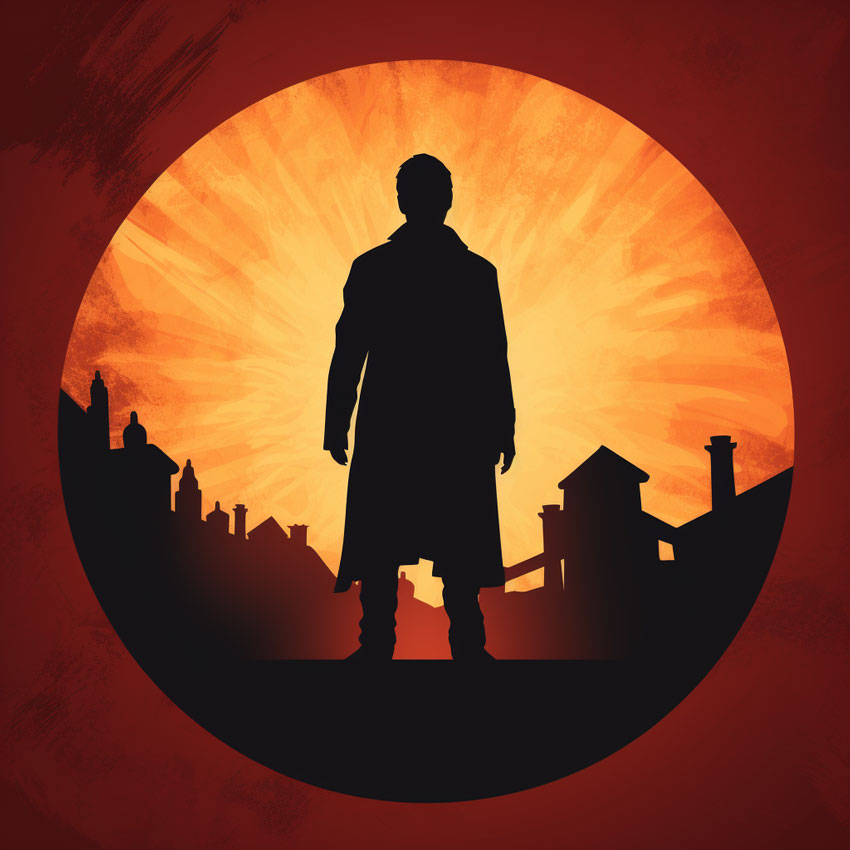Kellmouth Mines
A Pathfinder 2e game
In the world of Cantarsus
|
Full
Supporting Cast
-
Tellen Farros
Friendly, reserved dwarf who had arrived in town doing odds and ends jobs. She kept to herself, though signed up to join Bram's expedition to the air.
Scheduled Sessions
Wed 18th June 2025 5:00

Session 2: Continuing the Fight Against the Miners
What initial joy of seeing their missing compatriots was dashed when they attacked Jann and Maelor. The town of Kellmouth now finds themselves trying to defend against an invasion of creatures wearing the faces of friends and family.

Sessions Archive
4th Jun 2025
Read the Report
There Be Vitraxine in Thar Hills!
The quiet mining town of Kellmouth has slowly dwindled over the years as the copper mine has depleted. Bram Ironvein, a prospector, has claimed he has found a vitraxine mine just a day or two ride away that will revitalize the city and taken a group of miners with him to bring proof. The miners have not returned in a week, and the town is getting antsy.
Read the Report
Useful Links
Nestled at the ragged edge of Lochmalan’s creeping marshlands lies the village of Kellmouth—a place where people live simply, make do with what they have, and count the weather as often as they count their coin.
The River Kell runs broad and slow past the village, muddy and dependable. It brings fish, trade, and the occasional ferry from upstream. Some years it floods; some years it shrinks. But the people of Kellmouth have learned to live with its moods.
To stay dry, the village stands on stilts—every home and shop lifted above the soggy earth on thick wooden beams. Narrow walkways connect each building like a web above the reeds. Below them, frogs croak, goats wander, and the marsh does what it always does: try to take the land back.
Kellmouth was built on copper. The old mine up in the hills gave the town its start, and for a time, its fortune. These days, the mine’s nearly tapped out, and fewer carts roll down the trail with ore in the back. But life goes on. The forge still rings. Bread still bakes. Stories still pass around the inn’s hearth.
Not long ago, a prospector named Bram Ironvein came through. He claimed to have found something unusual in the northern hills—some kind of new metal, different from copper. He called it "vitraxine." Most folks didn’t know what to make of it. He left with a few miners and a wagon of gear, promising he’d return with proof.
That was about a week ago.
The town worries about cave-ins and collapse; the men and women who went with Bram were good people. The goats have become skittish near the mine, and the old goatherder has been making baubles and talismans for anyone walking her way. A few elders have taken to muttering about “skittering in the night.” And while no one says it out loud, everyone’s just a little more watchful lately.
Still, today is like any other day in Kellmouth. The river flows. Bread cools on windowsills. Somewhere in the hills, the wind changes.
And in the village below, your story begins.





